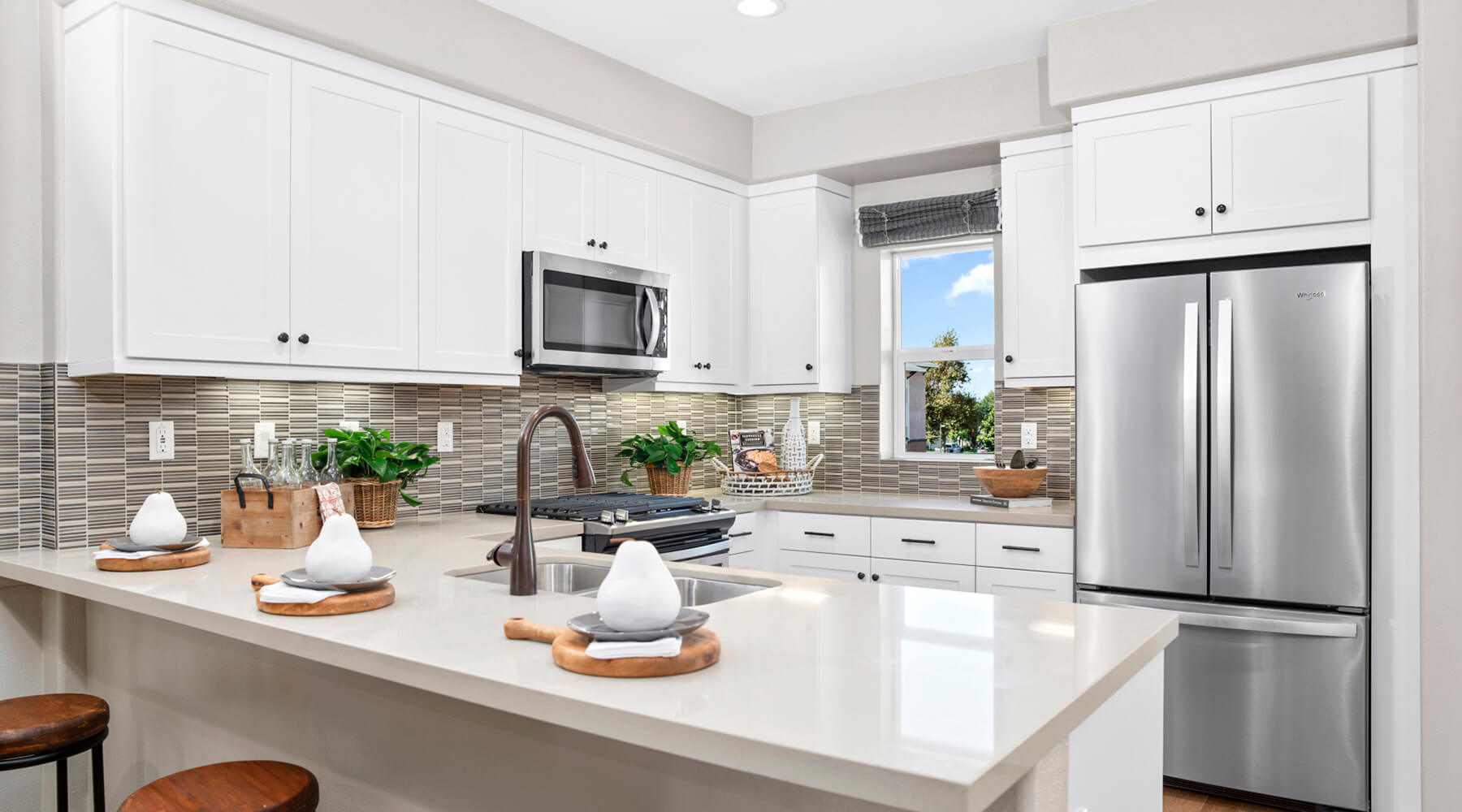Green Living Tips | Lightbulbs: Which kind is bright for you?
Jun. 03, 2013
Who would have thought you’d need instructions to change a lightbulb? In less enlightened times, all you had to do was pick the right wattage, screw the bulk into a fixture and flip the switch.
But now, brightness is measured in lumens and lightbulbs come in a variety of shapes and hues. They can be more expensive but save you money in the long run.
The Energy Independence and Security Act of 2007 set out to increase the energy efficiency of buildings, vehicles and products. It requires most screw-in lightbulbs to use at least 27 percent less energy by 2014. Standard incandescent bulbs don’t pass the test – they turn about 90 percent of the energy they consume into heat – so they are being phased out.
As of Jan. 1 2012, 100-watt bulbs were no longer being made or imported but could be sold until supplies run out. The 75-watt incandescent met the same fate in January of this year and next year it’s lights out for standard 60- and 40-watt bulbs. The law exempts specialty bulbs, three-way bulbs, chandelier bulbs, refrigerator bulbs, plant grow lights and others.
In the place of old-fashioned incandescents, are bulbs that burn much longer and use much less energy. Here’s a brief explanation to help you make the bright choice:
- LED – light-emitting diode – use only 20%–25% of the energy of an incandescent. They are pricey — $10 – $30 each – but last 20,000 to 50,000 hours!
- CFL — compact fluorescent lamp – sport the curly design. An ENERGY STAR-qualified CFL uses about one-fourth the energy and lasts 10 times longer than a comparable incandescent bulb that puts out the same amount of light. Cost: $1-$250. CFLs contain a small amount of mercury, so they need to be recycled.
- Halogen: This type of incandescent bulb is about 25 percent more efficient and can last up to three times longer than traditional incandescent bulbs. Cost: $2-$3.
Most older lighting fixtures accept the newer bulbs, the Energy Department says. If in doubt, take the bulb you are replacing to the store and ask for assistance.
The Lighting Facts label on packaging gives you information to compare different bulbs. It tells you:
- Brightness (in lumens)
- Yearly estimated energy cost
- Expected bulb life (in years)
- Light appearance (how warm or cool the light will look)
- Wattage (the energy used)
- If the bulb contains mercury.
“It’s very important to read the packaging on all of these products to make sure you know that they’re going to work in your particular application,” an EPA official told the Web site Earth911. “So, unfortunately it takes a little bit more effort nowadays to choose a lightbulb.”






